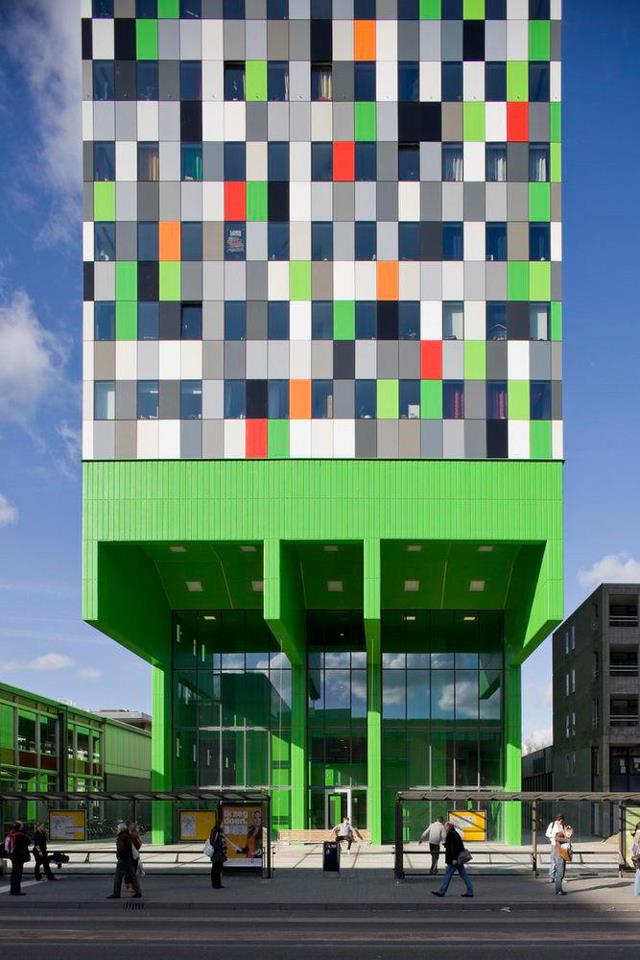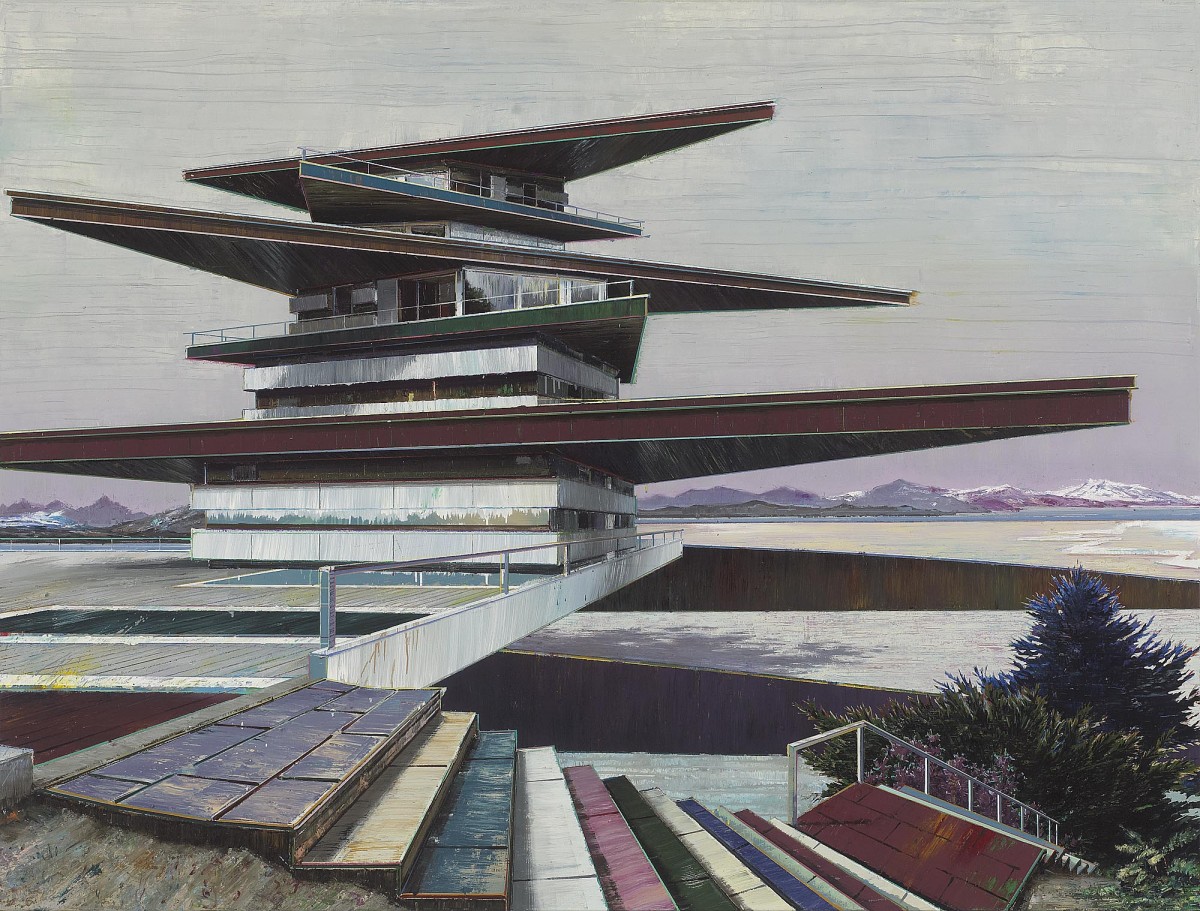
Soichiro Mihara
三原 聡一郎
The Blank to Overcome
file festival
Part of the ”blank” project that the artist has been creating since 2011, “The Blank to Overcome” utilizes air pumps, power supply control circuitry, water, solution, glycerin, ethanol and electricity to produce bubbles in the air. The theme of ”blanks” denotes a space for an unsolved ”inquiry” through the perspectives for thinking about the post-3.11 present: how the bubbles are always shifting as a giant cluster, almost without mass or structure, and the facing up to this; and the framework since modernity that has prescribed society, and the ”involved” or the ”other”. From this work debate will surely emerge.
.
克服するための空白
アーティストが2011年から作成している「ブランク」プロジェクトの一部である「TheBlankto Overcome」は、エアポンプ、電源制御回路、水、溶液、グリセリン、エタノール、電気を利用して空気中に気泡を生成します。 「空白」のテーマは、3.11以降の現在について考えるための視点を通して、未解決の「問い合わせ」のためのスペースを示しています。泡は、ほとんど質量や構造がなく、巨大なクラスターとして常にシフトしており、これに直面しています。 ; そして、社会を規定してきた近代以来の枠組み、そして「関与する」または「その他」。 この仕事から議論が確実に浮かび上がるでしょう。
ポンプ





